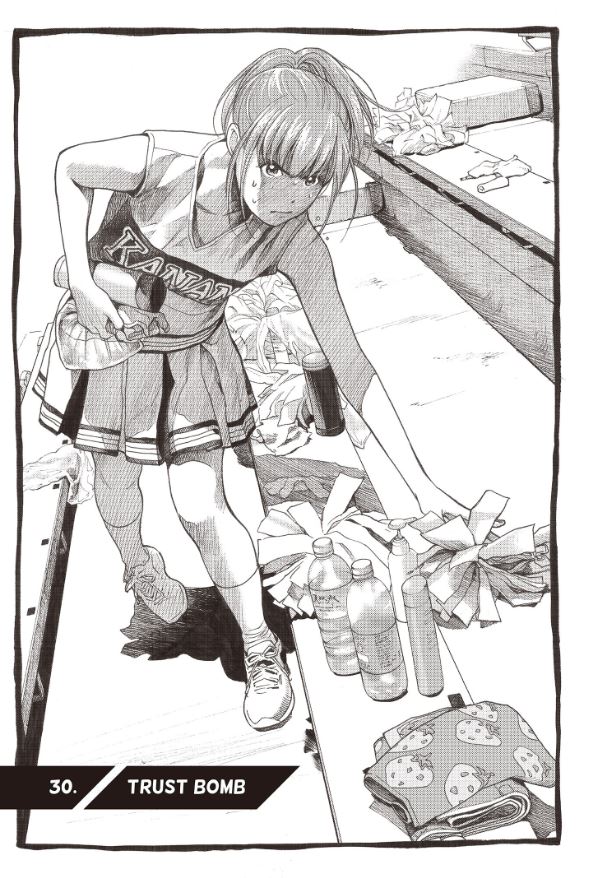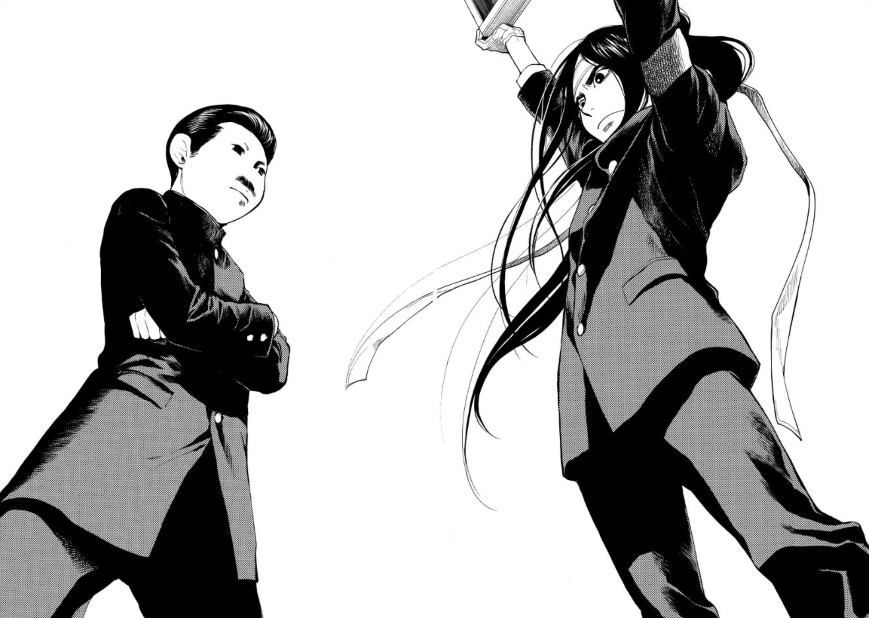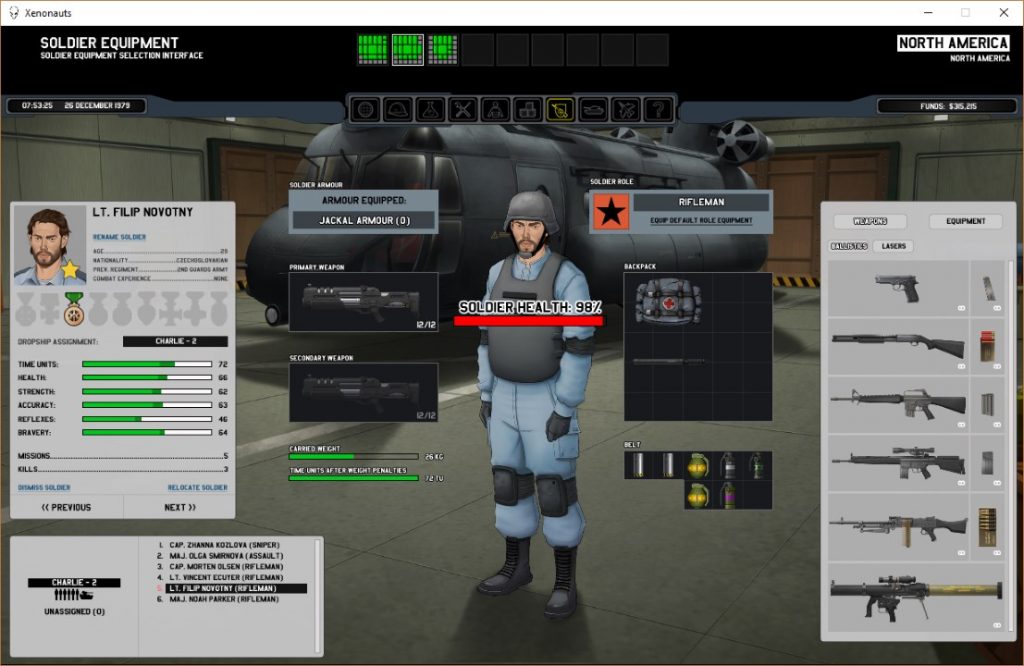I’m reading Again!! by Mitsuro Kubo. It’s a manga about a guy who spent his entire high school career friendless and alone, cursing his peers as lamers and suck-ups who obsess about frivolous and stupid shit like after-school clubs and good grades and dating. You see, he’s a misanthrope who just went to class and went home every day for years, carrying on with the bare minimum of life in high school.
And then he graduates. He has no plan or aspirations or dreams, and possibly no soul. However, the day after his graduation, he experiences a bizarre and inexplicable mishap and wakes up again on the first day of high school. The first time around, he was too shy to even answer when asked to join the “ouendan”, which is a club devoted to a male-dominated type of Japanese cheerleading. As Wikipedia describes it:
An ōendan (応援団), literally “cheering squad” or “cheering section”, is a Japanese sports rallying team similar in purpose to a cheerleading squad in the United States, but relies more on making a lot of noise with taiko drums, blowing horns and other items, waving flags and banners, and yelling through plastic megaphones in support of their sports team than on acrobatic moves (though some ōendan incorporate pom-pom girls). In addition to cheering for their own teams, ōendan have been known to lead fans in cheers which tease and taunt the other team and its fans. This is usually done in the spirit of good competition, but occasional fights have broken out if the taunting gets too heated. Smaller ōendan are sometimes called ōenbu (応援部, or “cheering clubs”).
In this go-around our protagonist barely makes an audible response to the recruiter, but it’s enough for her to shanghai him since the club is in desperate need of new members. Despite himself, he finally experiences all those things he’d looked down on – giving his all as part of a team, caring about his friends, having a crush on a girl and desperately wanting to know how they feel, and many more parts of high school life that he’d only seen secondhand.
And here we come to the misanthrope’s secret. Many misanthropes actually hate the fact that they hate other people and wish they were part of the community they see around them. “I wish I were a better person,” is the fantasy at the heart of this comic. I just wished it would remember this fact.
See, in a high school series, it’s easy to get caught up in the numerous setbacks that beset our characters. Oh no, the club might be dissolved! Oh no, the team captain and the manager are in a love triangle with our hero! Oh no, that silver-tongued hottie seducing that girl is secretly an asshole!
I mean, yeah, high school and life in general is a bunch of stuff happening one after another. The point of a narrative is giving structure to those events. Plus, if you’re just doing a story about a guy’s high school life, what’s even the point of the time travel angle?
The manga does come back repeatedly to the time travel thing, but mostly as a plot contrivance. There’s time spent on another person also being a time traveler, and more time spent on what kind of time travel we’re talking about (many worlds theory, parallel universes, grandfather paradoxes – though those specific terms aren’t used by the characters, but that’s what they mean).
However, there’s less space given to the emotional experience of reliving life. The protagonist himself mentions that he hasn’t taken advantage of his experience to talk more to his grandmother even though she passes away during his time in high school. More could also have been done with the second time traveler, who is actually a girl who enjoyed her high school life and is rather resentful that our protagonist managed to drag her along to a somewhat crappier version of her original experiences. By the latest translated volume, she remains a supporting character in our hero’s story and still hasn’t really come into her own.
Perhaps I’m overly critical, but I’m just a bit frustrated because I can see the manga only occasionally hitting its story potential, or at least not hitting the story potential I wish for. However, don’t be discouraged, there’s definitely something there to the manga as it is, since I wouldn’t have read 9 volumes over one week otherwise.
And one thing I can unequivocally praise about the comic is its artwork. I mean, look at it:

The sense of anatomy alone is superb – the weight in the step, the off-balance foot, the angle of the body. And the use of negative space!

This image shows off the negative space more clearly. And the expressions on the characters’ faces are so detailed for just a few simple lines. I often end up just pausing to stare at a splash page and enjoy the artistry.
Anyway, tl;dr: I think Again!! is an interesting manga that has the potential to become something more, if it ever figures out how to fully connect its plot to its premise.


